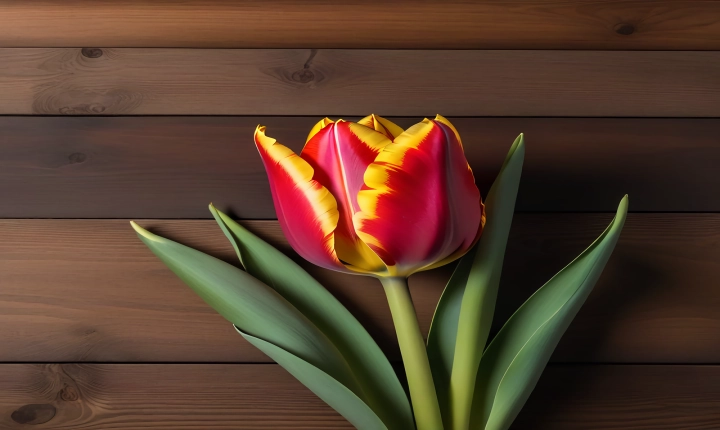As artificial intelligence (AI) continues to advance, it has become increasingly common for individuals to use AI to create new and unique works of art. From digital paintings to music compositions, AI has demonstrated an impressive ability to create art that is both innovative and thought-provoking. However, this raises an important question: who owns the rights to AI-generated art?
The answer to this question is not straightforward, as it depends on various factors, including the extent of human input in the creation of the AI-generated art. In many jurisdictions, copyright laws are designed to protect original works of authorship, and traditionally, the creator of a work holds the copyright to that work. However, when it comes to AI-generated art, the question of authorship becomes more complicated.
In some cases, the AI itself may have been programmed to create art based on a set of parameters and algorithms, with little to no direct input from a human creator. In such cases, it may be argued that the AI is the author of the art, and therefore holds the copyright. On the other hand, if a human creator was involved in setting the parameters and providing input to guide the AI’s creative process, it may be argued that the human creator holds the copyright.
Furthermore, in situations where the AI was used as a tool by a human creator to assist in the creation of art, it may be the human who holds the copyright to the final work, as the human’s creative input would have been significant in the process. However, the laws around this issue vary from country to country, and there is no universal consensus on how AI-generated art should be treated under copyright law.
Some legal experts argue that existing copyright laws may need to be updated to account for the complexities of AI-generated art. One proposal is to create a new category of copyright for works created by AI, with specific regulations and guidelines for determining ownership and rights. Others suggest that the existing framework of copyright law is flexible enough to accommodate AI-generated art, and that courts should rely on established principles of copyright law to determine ownership in each specific case.
In the absence of clear legal guidelines, it is crucial for creators and users of AI-generated art to establish clear agreements and contracts that outline ownership rights and usage permissions. As the technology continues to evolve, it is likely that the legal landscape surrounding AI-generated art will also evolve, and it is important for creators and users to stay informed about the latest developments in this area.
In conclusion, the question of who owns the rights to AI-generated art is a complex and evolving issue that is yet to be fully resolved. While existing copyright laws provide a framework for addressing ownership of creative works, the unique nature of AI-generated art presents new challenges that require careful consideration. As the use of AI in art creation becomes more widespread, it is essential for the legal system to adapt and provide clear guidance on the ownership and rights associated with AI-generated art.
